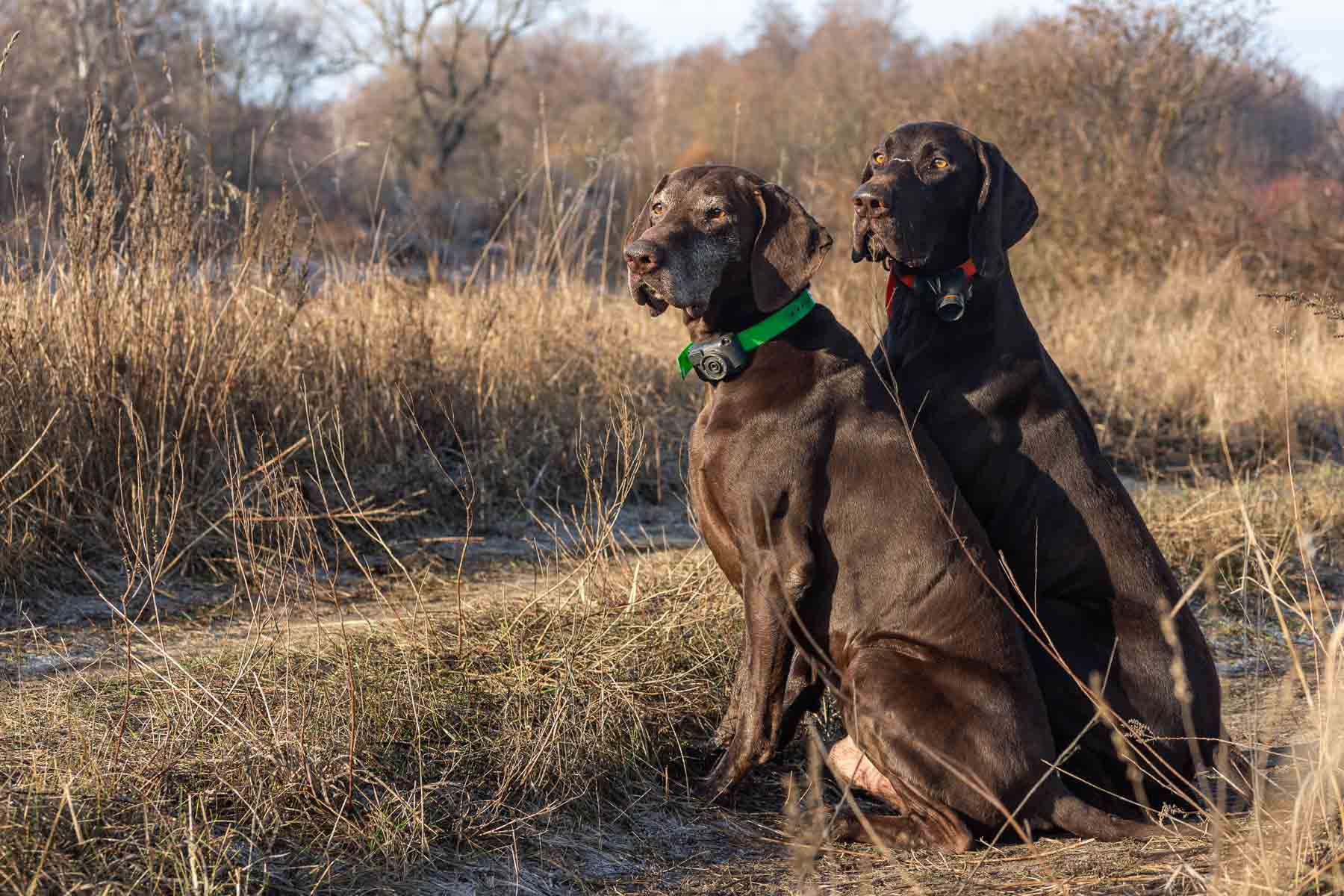The Ultimate Guide to GPS Invisible Fences for Pet Safety
When it comes to ensuring your pet’s safety, a GPS invisible fence is a cutting-edge solution. Unlike traditional fences, a GPS invisible fence uses satellite technology to create a virtual boundary around your property. This system offers unparalleled flexibility, as you can customize the boundary to suit your needs and adjust it as required.
GPS invisible fences are effective for preventing pets from wandering off while allowing them to explore within safe limits. Installation is typically straightforward, and these systems often come with adjustable settings to cater to different types of pets. This guide will explore making the most of a GPS-invisible fence for your pet’s safety.
Contents
- 1 What is a GPS Invisible Fence?
- 2 Introduction to GPS Invisible Fences
- 3 How GPS Fencing Works
- 4 Types of GPS Invisible Fences
- 5 Benefits of GPS Invisible Fences
- 6 Increased Freedom for Pets
- 7 Customizable Boundaries
- 8 Portability and Versatility
- 9 Challenges and Limitations
- 10 Cost Considerations
- 11 Choosing the Right GPS Invisible Fence for Your Pet
- 12 Assessing Your Pet’s Needs
- 13 Comparing Features and Costs
- 14 Integration with Other Pet Safety Tools
What is a GPS Invisible Fence?
A GPS invisible fence is a modern solution for pet containment that uses GPS technology to create an invisible boundary for your dog. Unlike traditional physical fences, this system involves a GPS collar communicating with satellites to establish a virtual perimeter. When your dog approaches the boundary, the collar emits a warning signal, and if the dog continues beyond the set limits, it delivers a correction. This method provides a flexible and adaptable containment solution without physical barriers. It’s ideal for larger properties or irregularly shaped areas where traditional fences might be impractical.
Introduction to GPS Invisible Fences
GPS invisible fences offer a modern solution for pet containment. Unlike traditional fences, GPS invisible fences use satellite technology to create a virtual boundary for your dog. This innovative system allows you to set customizable boundaries that can adapt to various terrains and environments. When your dog approaches the boundary, they receive a warning signal, followed by a corrective stimulus if they continue to approach. GPS invisible fences are versatile and can be adjusted for different areas, making them an excellent choice for maintaining the safety and freedom of your pet. Discover how GPS invisible fences can enhance your dog’s outdoor experience.
How GPS Fencing Works
GPS fencing utilizes global positioning system technology to create a virtual boundary for pets. You can monitor and manage your dog’s movements within this invisible fence by setting up a defined area on a GPS-enabled device. The system tracks your pet’s location in real time, sending alerts if they approach or cross the boundary. This ensures your dog remains within a safe, designated area without physical barriers. GPS fencing is ideal for open spaces where traditional fences are impractical, providing flexibility and security for pets and their owners.
Types of GPS Invisible Fences
GPS invisible fences come in several types, each offering distinct features. Static GPS invisible fences create a fixed boundary using GPS coordinates, ensuring consistent coverage. Wireless GPS invisible fences utilize satellite technology to provide flexible, adjustable perimeters without physical wires. Collar-based GPS invisible fences are designed for easy installation, where the collar interacts with the GPS signal to create a boundary zone. Virtual GPS invisible fences offer customizable zones that can be altered via smartphone apps. Each type provides unique benefits depending on your needs and your dog’s behavior, ensuring effective containment and safety.
Benefits of GPS Invisible Fences
Unlike traditional fences, GPS invisible fences are portable and easily adjusted for different terrains. They are also ideal for maintaining a clean and unobstructed landscape. However, for homeowners looking for more permanent and aesthetically appealing boundary solutions, traditional fencing options such as those offered by Melbourne Fencing Solutions provide robust alternatives. With real-time tracking and adjustable correction levels, GPS fences still offer the flexibility needed to ensure pet safety, but permanent fencing can also complement a yard’s layout when necessary.
Increased Freedom for Pets
Increased freedom for pets is a significant advantage of GPS wireless dog fences. These innovative systems allow dogs to roam within a designated area while keeping them safe and secure. Using GPS technology, these fences provide accurate boundaries, allowing pets to explore without traditional physical barriers. This increased freedom promotes a more active and fulfilling lifestyle for dogs, as they can engage in natural behaviors and enjoy their environment. GPS wireless dog fences can be easily adjusted, making them a flexible solution for varying outdoor spaces and ensuring that pets can safely enjoy their surroundings.
Customizable Boundaries
Customizable boundaries are a key feature in modern GPS wireless dog fences, allowing pet owners to tailor their play area to fit their needs. These systems enable you to set flexible, adjustable limits that can be modified according to your dog’s behavior and property layout. Using a GPS wireless dog fence with customizable boundaries ensures your pet enjoys a safe and secure environment while exploring. This flexibility enhances safety and provides peace of mind, knowing that you have control over your dog’s roaming area without needing physical barriers.
Portability and Versatility
Portability and versatility are key advantages of GPS wireless dog fences. These systems are designed to be easily relocated, making them ideal for families on the move or those who frequently change outdoor spaces. The wireless nature of these fences allows for quick setup without the need for physical barriers or digging, adapting seamlessly to various terrains and sizes of properties. This flexibility ensures that whether you’re at a new home or a vacation spot, your dog can enjoy a safe and contained environment. Additionally, the adaptability of these systems to different settings underscores their practicality for diverse lifestyles.
Challenges and Limitations
Several challenges and limitations are important to address when considering GPS wireless dog fences. One primary concern is the dependency on satellite signals, which can be affected by weather conditions or obstructions like dense foliage. Additionally, these systems may struggle in areas with poor GPS reception, leading to potential inaccuracies in boundary settings. Another limitation is the potential for interference from other electronic devices, which can impact the system’s reliability. It’s also crucial to remember that GPS-based systems require proper maintenance and regular updates to ensure optimal performance and accuracy for your pet’s safety.
Cost Considerations
When evaluating GPS wireless dog fences, cost considerations are crucial. Initial expenses include the purchase price of the system and potential installation fees. While GPS wireless dog fences often have a higher upfront cost than traditional fences, they offer flexibility and ease of use. Additionally, ongoing costs may involve battery replacements or subscription fees for advanced features. It’s important to weigh these factors against the benefits, such as customizable boundary settings and portability. Analyzing the long-term value versus initial investment helps make an informed decision, ensuring the chosen system meets budget and practical needs.
Choosing the Right GPS Invisible Fence for Your Pet
Choosing the right GPS invisible fence for your pet involves considering several key factors to ensure safety and effectiveness. Start by evaluating the range and coverage area to match your yard size and pet’s roaming habits. Check the collar’s durability and comfort to prevent discomfort or wear. Look for adjustable settings that can accommodate different pet sizes and training needs. Battery life and ease of recharging are also crucial for consistent performance. Finally, ensure the system offers reliable signal strength to prevent false corrections or gaps in coverage. Selecting the appropriate GPS invisible fence will help maintain your pet’s freedom while ensuring their safety.
Assessing Your Pet’s Needs
Assessing your pet’s needs is crucial for choosing the right GPS wireless dog fence. Start by evaluating your dog’s size, breed, and activity level, as these factors influence the type of containment system that will be most effective. Consider your pet’s behavior—whether they are prone to escaping or have a high energy level—and the layout of your yard. GPS wireless dog fences offer flexibility and can be adjusted to accommodate different areas, but it’s essential to ensure the system matches your pet’s needs for both safety and comfort. A proper assessment will help select a system that keeps your dog secure while allowing them the freedom to roam.
Comparing Features and Costs
When comparing the features and costs of GPS wireless dog fences, it’s essential to consider several factors. Key features include range, battery life, and ease of installation. Some systems offer expansive coverage areas and adjustable boundaries, benefiting larger properties. Battery life varies, with some models needing frequent recharges while others last longer. Installation complexity can also impact overall costs, as simpler systems might be more budget-friendly. Additionally, evaluate the durability and weather resistance of the units to ensure long-term performance. Balancing these features against the cost will help you select the best GPS wireless dog fence for your needs.
Integration with Other Pet Safety Tools
Integration with other pet safety tools enhances the effectiveness of GPS wireless dog fences. Combining these systems with traditional collars, training aids, and monitoring apps creates a comprehensive pet safety net. This integration ensures accurate tracking, improved training results, and greater peace of mind for pet owners.
- Golden Retriever Pros and Cons: What Every Pet Parent Should Know - 15 September 2025
- Cane Corso Dog Breed: Health, Care, and Lifespan - 14 September 2025
- Catahoula Leopard Dogs: Description, Temperament, Lifespan, & Facts - 21 July 2025







